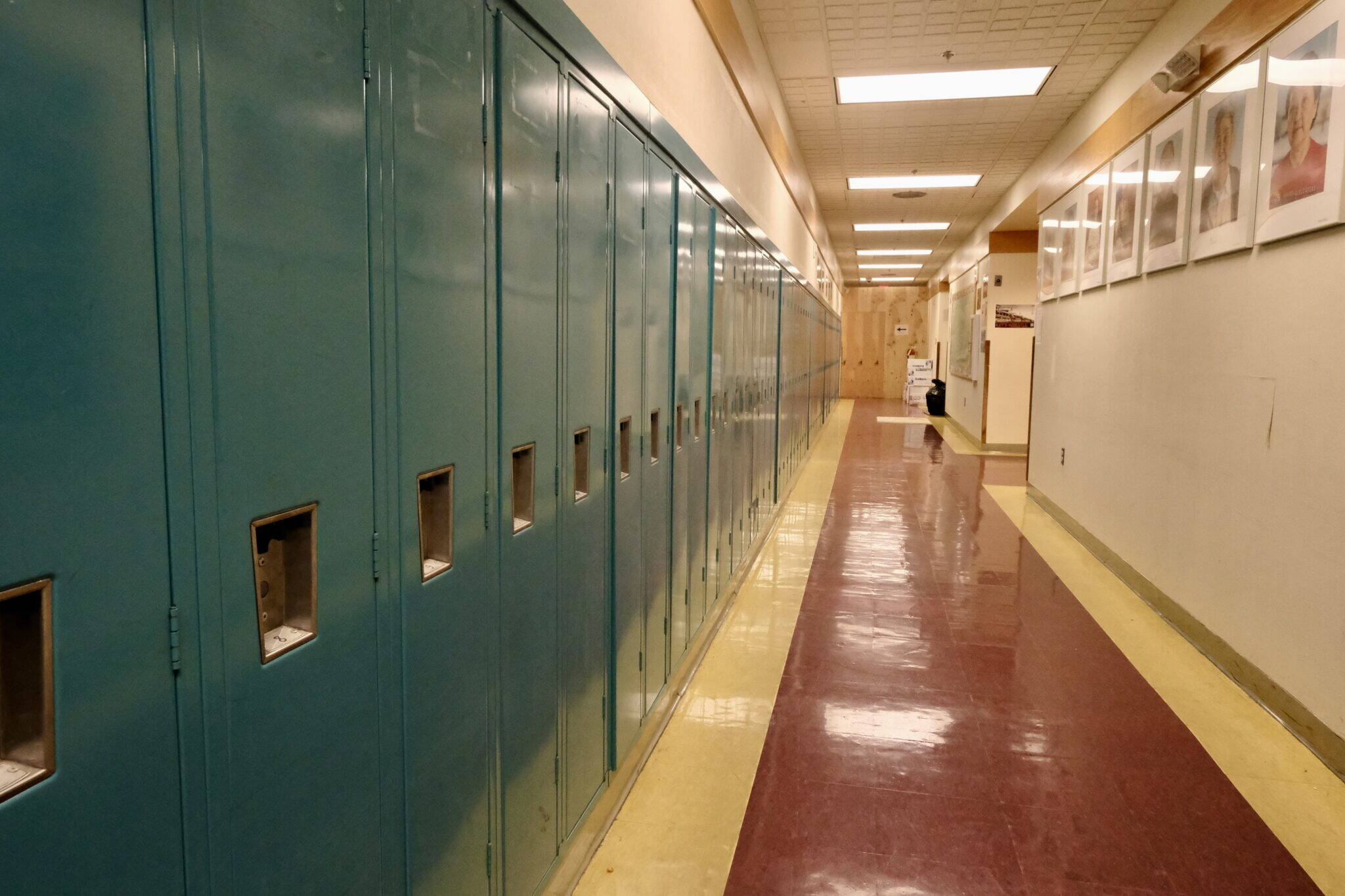Alaska school districts risk losing access to up to several hundred thousand dollars in federal funding aimed at homeless students if they aren’t able to commit to spending it by the end of September.
The money was included in a federal law providing pandemic relief, and national advocates have been pushing for Congress to extend the deadline, as it became clear that money could go unspent.
The exact amount Alaska districts could lose isn’t clear. Alaska districts have spent nearly 70% of their $2.3 million boost, leaving more than $700,000 unspent, according to the national data updated on Aug. 1. The Department of Education and Early Childhood did not respond to a request for the most up-to-date figure or whether districts are on-track to spend down the balances.
U.S. Sen. Lisa Murkowski, R-Alaska, worked on an amendment to the 2021 American Rescue Plan that secured $800 million nationally for students experiencing homelessness nationwide. Alaska districts received about eight times their usual annual funding.
The National Conference of State Legislatures called on Congress to extend the timeline to spend the money, under the terms of a longstanding federal law, known as the McKinney Vento Act, aimed at ensuring homeless children’s access to schooling.
Barbara Duffield, the executive director of the national advocacy group SchoolHouse Connection, said the NCSL’s resolution is significant, even if it is likely too late for an extension from Congress.
“The window for that extension, sadly, has gone,” Duffield said. “Not for a valiant and a smart and a popular fight, but because of all these other dysfunctions in Congress.”
She said the resolution did more than ask for an extension; it showed the importance of the funding across states and territories.
“It puts a body of state legislators on record as saying we should have had more time. And moving forward, there needs to be more of a priority in investing in this population,” Duffield said.
The most recent state data shows that more than 3,000 Alaska students are homeless, and that the number has risen over the last several years. Most of those students live with another family, but about a fifth live in shelters and 10% are unsheltered.
Increased funding and programs typically leads districts to identify more students who are homeless, according to SchoolHouse Connection’s research. That data shows that the actual number of students that are homeless is typically 50-100% more than the official school count.
School districts in Anchorage and Kenai used the money to bring on additional staff to work with unhoused students. The Child in Transition Program in the Anchorage School District used its additional funding to hire two full-time staff for remote sites and five part-time staff in high schools that are there to support students on campus and connect them to services. David Mayo-Kiely runs the program, which has operated since the 1990s and has 10 staff members.
“They check in on attendance, they check in on grades. They’re just sort of there to be another ally for these students, someone they can go to,” he said.
Those roles are important because of how homelessness can negatively affect students at school. Students who are homeless are chronically absent at roughly twice the rate of their housed peers, which is known to be detrimental to academic performance. They are also nearly 30% less likely to graduate than their housed peers, according to the National Center for Homeless Education.
ASD’s program also spent money on internet hot spots for students, professional development for the staff, and supplies. Mayo-Kiely said the district will leave only a very small amount of money unspent.
“The funding has been wonderful for us,” he said. “We were interested in having an extended funding, but we had been planning the entire time that this funding would be expiring by the end of this calendar year.”
And he said the funding will have a lasting effect, even though it expires at the end of the year: The investment in staff demonstrated how important those on-campus “allies” were for students, so now the district is using money from other grant programs to continue funding them.
The NCSL resolution that urged Congress to extend the deadline was a priority of Sen. Löki Tobin, D-Anchorage and chair of the Senate Education Committee, after the Alaska Legislature failed to pass a similar resolution drafted by her office. Tobin is a member of the NCSL Education Standing Committee.
“Our hope with this resolution is to say, ‘Could we continue to use McKinley-Vento funds in this manner — hiring additional support personnel to provide wraparound services for the entire family?’ and also for us to think about how we might be able to reserve some of the remaining funds to continue serving students into the FY25-26 school year,” she said.
The funding that came with the pandemic boost also has more flexible spending rules that mean districts can spend it on student transportation to the same school, even if the student’s address changes — such as if they move in with a friend’s family or begin living in a shelter. Districts can waive certain enrollment requirements temporarily to make sure the student starts on time, and even help with school supplies.
“We have a significant increase in youth experiencing homelessness that has persisted, and we know that it’s not going to be an easy fix,” Tobin said. “Particularly with the lack of affordable housing in the Anchorage bowl, with some of the instability and low wages in some of those entry and mid-level positions. So we’re really anticipating that this population is going to continue to need additional resources and attention.”
• Claire Stremple is a reporter based in Juneau who got her start in public radio at KHNS in Haines, and then on the health and environment beat at KTOO in Juneau. This article originally appeared online at alaskabeacon.com. Alaska Beacon, an affiliate of States Newsroom, is an independent, nonpartisan news organization focused on connecting Alaskans to their state government.

